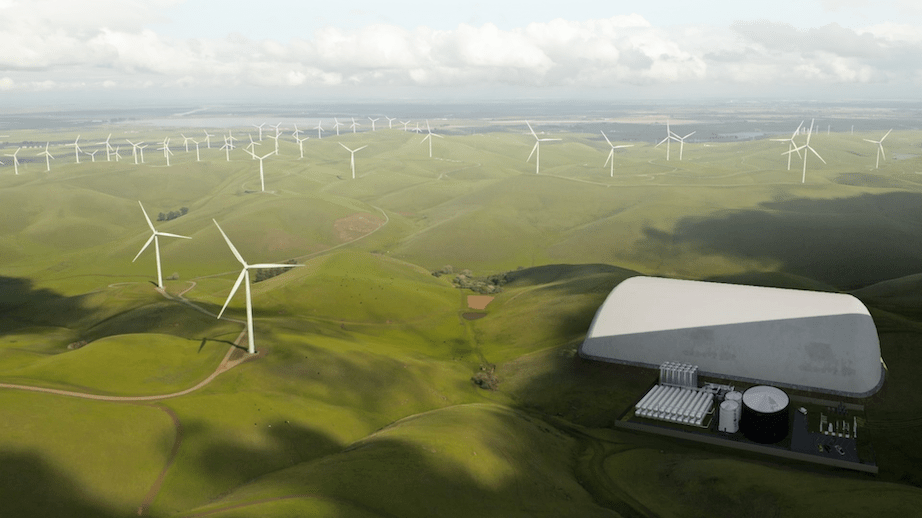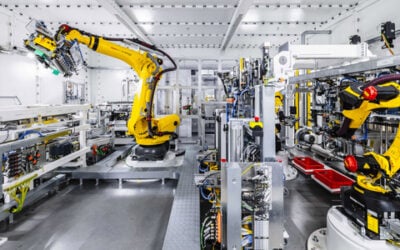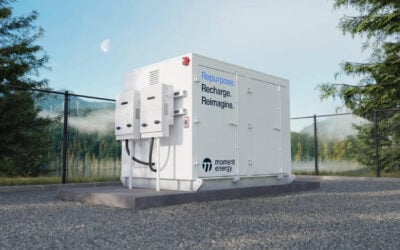
Long-duration energy storage has a crucial role to play in decarbonising the global energy system sufficiently to avoid catastrophic climate change as long as its value can be unlocked.
That’s the central thrust of a new 76-page report published today by the Long Duration Energy Storage Council (LDES Council), which aims to show the significant potential of the broad set of technologies that can store and discharge energy for eight hours or longer.
Enjoy 12 months of exclusive analysis
- Regular insight and analysis of the industry’s biggest developments
- In-depth interviews with the industry’s leading figures
- Annual digital subscription to the PV Tech Power journal
- Discounts on Solar Media’s portfolio of events, in-person and virtual
The CEO-led organisation was launched at COP26, including BP and Breakthrough Energy Ventures among its founder members, alongside 16 long-duration energy storage (LDES) technology providers, industry off-takers and end users, equipment manufacturers and energy system integrators and developers.
The report, ’Net-zero power: Long duration energy storage for a renewable grid’ asserts that by 2040, 10% of all electricity generated could be stored at some stage. The group said on the announcement of its formation that deployment of 85TWh to 140TWh of LDES by 2040 could be enough to keep the world on track to limit global warming to 1.5°C as outlined in the Paris Agreement.
The new report outlines how this can be achieved, arguing that LDES projects can have investment returns comparable to other energy technologies by 2025, although market support will be critical in the short term. This support could take the form of everything from grant funding for demonstration projects to carbon pricing in energy markets, the group said.
Acknowledging that the different options that include electrochemical, thermal and mechanical technologies are at different stages of market maturity, the LDES Council asserts that about a 60% cost reduction between 2022 and 2040 will broadly be required to enable cost-effective and massive deployments.
This goal however, is in the same ball park as projected cost reductions for utility-scale lithium-ion of about 70% and the levelised cost of energy (LCOE) for hydrogen turbines at about 50%. The US government Department of Energy (DoE) has publicly set a target of 90% cost reduction within a decade for its US$1 billion+ Energy Storage Grand Challenge.
The US is not the only national or state government already keen to leverage the potential of LDES technologies. The UK’s Department for Business, Energy & Industrial Strategy has launched a US$100 million demonstration competition earlier this year to accelerate commercialisation of promising technologies and the EU’s Innovation Fund also provides grant funding to energy storage projects using innovative technologies.
‘Lowest-cost flexibility option’
It could require between US$1 trillion and US$3 trillion investment by 2040 to reach a targeted 1.5TW to 2.5TW of LDES capacity, but that investment will come with favourable returns, the report said. In the US alone, the overall cost of power systems could be reduced by US$35 billion a year by 2040 under a 100% decarbonisation scenario.
While LDES technologies need to reach technical and economic maturity to achieve their potential. Yet the industry is still at an early stage where big wins can be made. Manufacturing and supply chain improvements and scale could enable total capex reductions of 15% to 30%, for example.
Strong renewable energy targets nationally, the need for corporates to buy firm renewable power and the reconfiguration of energy markets to value longer-term energy certainty are all potential game changers for long-duration energy storage.
A tipping point will come when renewables supply two-thirds of bulk power in the world, as that will catalyse the need for widespread deployment of LDES as the lowest cost option for adding flexibility to the grid.
Countries with high climate ambition, as the report describes it, will reach that milestone between 2025 and 2035. There is also a lot of possible need for LDES in non-bulk power systems too, like island grids and remote industrial operations like mines, which currently use expensive, polluting and logistically uncertain fossil fuel deliveries.
The LDES Council grouped together LDES technologies into two sets: those providing eight to 24 hour durations and those capable of 24 hours or more duration. Its first report has been produced together with McKinsey & Company.
Its modelling is based on technology benchmarking using the McKinsey Power Model, McKinsey Battery Cost Model, McKinsey Energy Insights modelling of renewable energy costs and capacity factors, as well as other data provided by LDES Council member companies and external sources.






